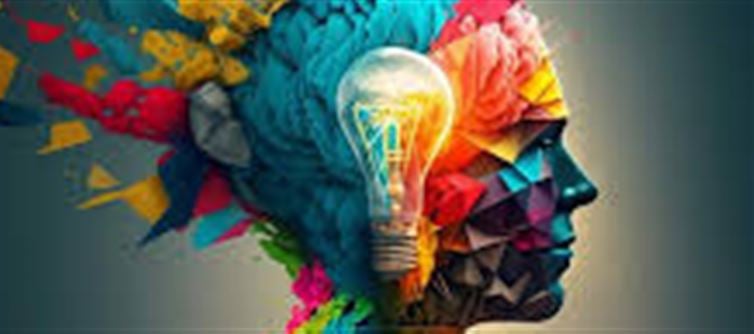
Artificial Intelligence (AI) has reached a level that often feels extraordinary. From composing essays and writing code to generating art, AI systems are performing tasks that were once thought to require human creativity and intelligence. They can even simulate empathy, at least on the surface, leaving many to wonder whether these machines are truly “thinking” or just mirroring human behavior.
1. AI as a Mirror of Humanity
AI systems learn from human-generated data, meaning their outputs often reflect the patterns, biases, and styles embedded in that data. While this allows AI to produce highly convincing work, it also raises the question: are we creating innovative thinkers, or just skilled imitators of human behavior?
2. The Creativity Question
AI can produce impressive art, music, and literature—but unlike humans, it doesn’t experience emotions or intent. Its “creativity” is essentially pattern recognition and synthesis, not inspiration. This distinction is critical when evaluating AI’s role in fields traditionally reserved for human intuition and innovation.
3. Ethical and Social Implications
As AI begins to reflect our ideas, prejudices, and choices, it also amplifies them. This means biases in training data can influence outputs, and users may overestimate AI’s understanding, potentially making decisions based on what is convincing rather than correct or ethical.
4. Building Thinkers vs. Skilled Imitators
- Thinkers: Machines that can independently reason, make moral judgments, or innovate beyond their training.
- Skilled Imitators: Machines that reproduce patterns and outputs from human data without true comprehension.
Currently, most AI tools are skilled imitators. They excel at mimicking human thought and creativity, but their outputs are ultimately derivatives of existing human knowledge.
5. The Path Forward
The challenge lies in guiding AI to become a collaborative partner, helping humans enhance creativity and problem-solving, rather than replace original thinking. Awareness of AI’s limitations, alongside responsible usage, can ensure these tools reflect humanity without being confined by it.
Disclaimer:
The views and opinions expressed in this article are those of the author and do not necessarily reflect the official policy or position of any agency, organization, employer, or company. All information provided is for general informational purposes only. While every effort has been made to ensure accuracy, we make no representations or warranties of any kind, express or implied, about the completeness, reliability, or suitability of the information contained herein. Readers are advised to verify facts and seek professional advice where necessary. Any reliance placed on such information is strictly at the reader’s own risk.




 click and follow Indiaherald WhatsApp channel
click and follow Indiaherald WhatsApp channel